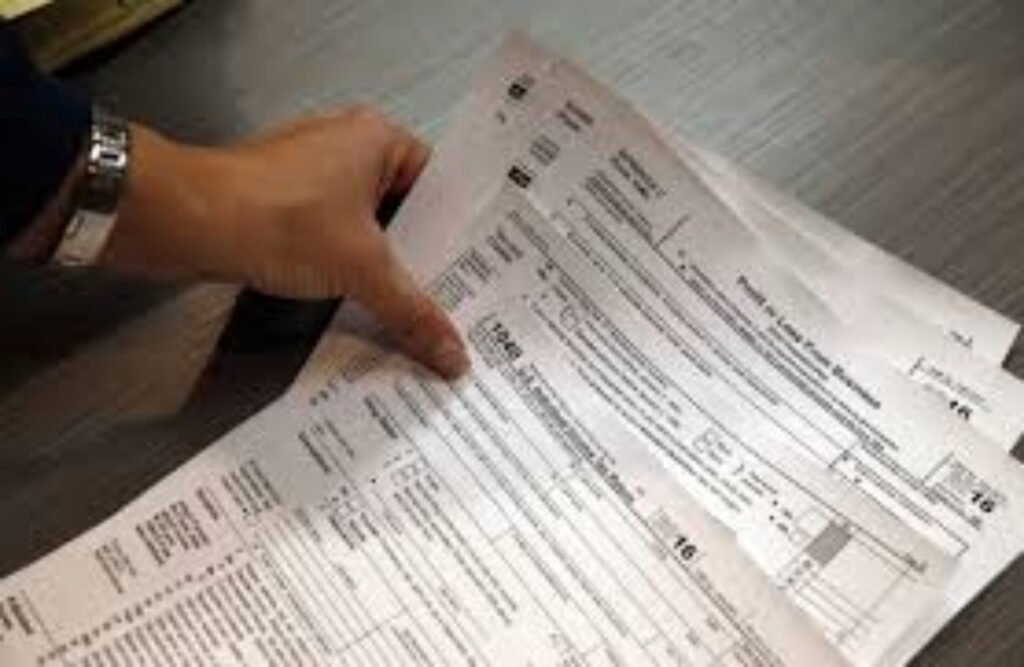
Introduction: The Power of Tax Diversification
Retirement planning often revolves around balancing guaranteed income (like pensions) with flexible, tax-efficient savings vehicles. While pensions provide stability, they lack the tax advantages and adaptability of a Roth IRA. By integrating a Roth IRA into your retirement strategy, you can amplify your pension income, reduce tax burdens, and create a legacy for heirs. This article explores how a Roth IRA complements pensions, offering actionable strategies for retirees and pre-retirees alike.
Low-competition keywords: Roth IRA pension synergy, tax-free retirement stacking, Roth IRA for pensioners, pension income optimization, Roth IRA legacy planning.
Section 1: Roth IRA Basics – A Retirement Game-Changer
Tax-Free Growth and Withdrawals
A Roth IRA is funded with after-tax dollars, allowing investments to grow tax-free. Qualified withdrawals—taken after age 59½ and a five-year holding period—are entirely tax-free, including earnings . This contrasts sharply with pensions and traditional IRAs, which are taxed as ordinary income.
No Required Minimum Distributions (RMDs)
Unlike pensions and traditional IRAs, Roth IRAs have no RMDs during the account holder’s lifetime. This means retirees can let their savings grow indefinitely or strategically time withdrawals to avoid pushing themselves into higher tax brackets .
Flexible Contributions in Retirement
Retirees can contribute to a Roth IRA at any age if they have earned income, such as part-time work, consulting, or self-employment. Social Security, pensions, and investment income do not qualify . For 2025, the contribution limit is $7,000 ($8,000 for those 50+), provided income falls below IRS phase-out thresholds .
Section 2: How a Roth IRA Enhances Pension Income
Balancing Taxable and Tax-Free Income
Pensions are typically fully taxable, which can push retirees into higher tax brackets. By supplementing pension withdrawals with tax-free Roth IRA distributions, retirees reduce their taxable income, preserving more of their savings. For example:
- A retiree with a $50,000 pension could withdraw $20,000 from a Roth IRA instead of a traditional IRA, lowering their taxable income to $50,000 instead of $70,000 .
Mitigating the Tax Torpedo
Retirees often face the “tax torpedo”—a scenario where Social Security benefits become taxable due to high provisional income. Roth withdrawals don’t count toward this threshold, helping retirees keep more of their Social Security benefits tax-free .
Hedging Against Future Tax Hikes
With the Tax Cuts and Jobs Act (TCJA) rates set to expire in 2026, Roth IRAs offer protection against rising taxes. Retirees who expect higher future tax rates can lock in today’s rates by converting traditional IRA funds to a Roth .

Section 3: Advanced Strategies for Pensioners
Roth Conversions in Retirement
Retirees can convert traditional IRA or 401(k) funds to a Roth IRA, paying taxes upfront to secure tax-free growth. This is particularly advantageous in low-income years (e.g., early retirement) when tax brackets are lower. However, large conversions may trigger Medicare surcharges (IRMAA) or increase taxes on Social Security .
Pro tip: Convert smaller amounts annually to stay within your target tax bracket.
Spousal Roth IRA Contributions
Non-working spouses can contribute to a Roth IRA if their partner has sufficient earned income. For example, a retired spouse with a pension can benefit from their working spouse’s contributions, doubling the household’s tax-free savings .
Legacy Planning with Roth IRAs
Roth IRAs are ideal for inheritance planning. Heirs can stretch tax-free distributions over their lifetimes, avoiding the 10-year withdrawal rule that applies to traditional IRAs .
Section 4: Case Study – The Roth-Pension Synergy
Scenario:
- John, 68, receives a $60,000 annual pension and $30,000 in Social Security.
- He converts $30,000 from a traditional IRA to a Roth IRA over three years, paying 22% in taxes.
Outcome:
- By age 72, John’s Roth IRA grows tax-free, providing $15,000/year in supplemental income.
- His taxable income drops from $90,000 to $60,000, reducing his tax liability and preserving Social Security benefits.

Section 5: Common Mistakes to Avoid
Overlooking Income Limits
High earners may be ineligible for direct Roth contributions. For 2025, phase-outs begin at $165,000 (single) and $246,000 (married filing jointly) . Use backdoor Roth conversions if income exceeds limits.
Ignoring the Five-Year Rule
Earnings withdrawals before the five-year holding period incur taxes and penalties. Always track your Roth IRA’s “seasoning” timeline .
Underestimating Tax Implications
Large Roth conversions can increase Medicare Part B/D premiums and trigger the 3.8% Net Investment Income Tax. Consult a financial advisor to model scenarios .
Conclusion: Building a Tax-Resilient Retirement
A Roth IRA isn’t just a retirement account—it’s a strategic tool to optimize pension income, reduce taxes, and leave a lasting legacy. By combining the reliability of a pension with the flexibility of a Roth IRA, retirees gain control over their financial futures. Start small: contribute earned income, explore conversions, and prioritize tax diversification.
Final keywords: Roth IRA pension optimization, tax-free retirement income stacking, Roth conversion strategies, spousal IRA for retirees.
References
For further reading, explore IRS guidelines on Roth IRAs , Fidelity’s Roth IRA resources , and Investopedia’s analysis of pension rollovers . Always consult a tax professional to tailor strategies to your unique situation.


